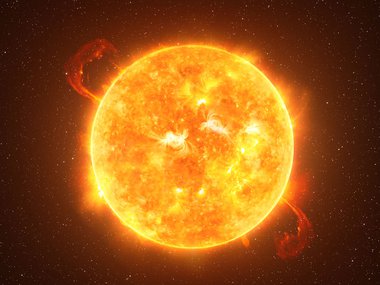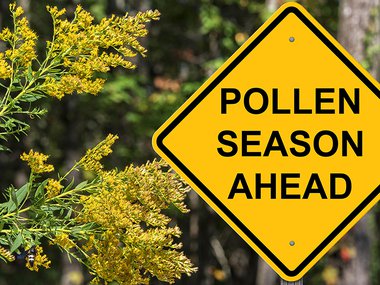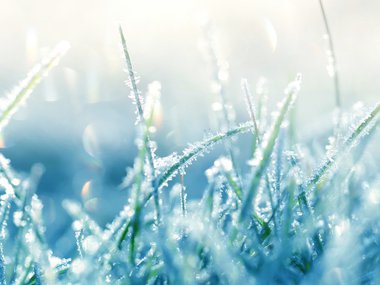Question Your World: Why Study the First Frost Date?
In case you haven’t noticed, it's cold out there again! The annual dance of warm to cold is of no surprise to us, but there are some changes happening that have scientists paying attention. In fact, one way to study how our overall climate is doing is by looking at our first frost date of the season. Let's kick this off with today's big question: Why study the first frost date?
The election may have been the hottest topic at the start of this month for most people, but climate scientists and weather-heads were looking at a totally different hot topic. On Monday, Nov 4th, the National Weather Service recorded a temperature of 32 degrees at the Richmond International Airport, bringing us our first frost of the season.
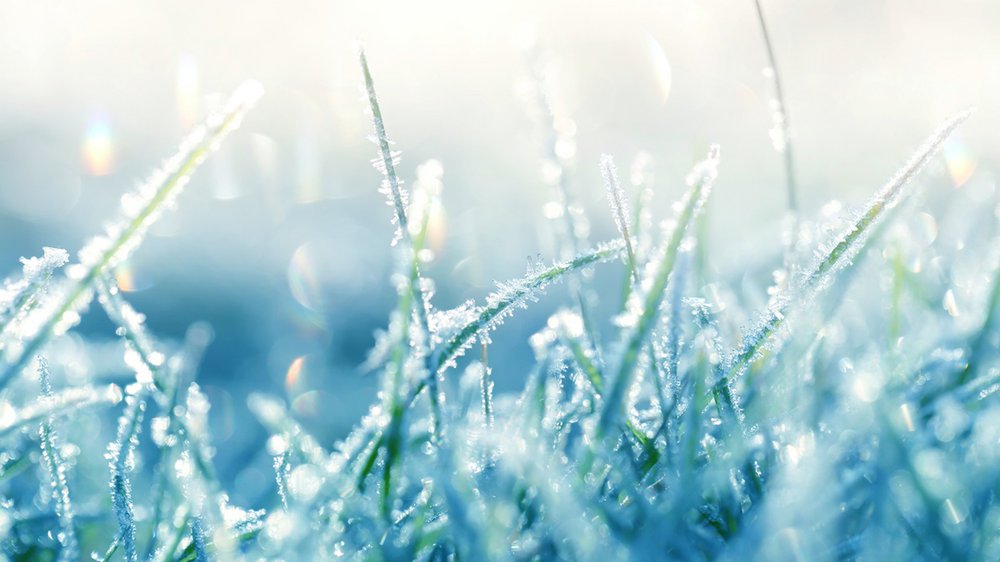
Image credit: Getty Images
Okay, so why is knowing the date of the first frost so important? Climate scientists have been looking through records of RVA's first frosts and have noticed a trend since the 1930’s - it’s happening later now than it used to. Back in the 1930’s, the first frost happened somewhere around Oct 23rd. However, now-a-days, they’ve been happening nearly two weeks later.
This is consistent with similar trends across the country, meaning we’re seeing the shrinking of our colder times of the year. Okay so what? Nobody likes frosty fingers, chapped lips, or bundling up in a million layers just to walk the dog, so fewer cold days in a year may not feel like the worst thing in the world, but there are negative impacts to consider as well.
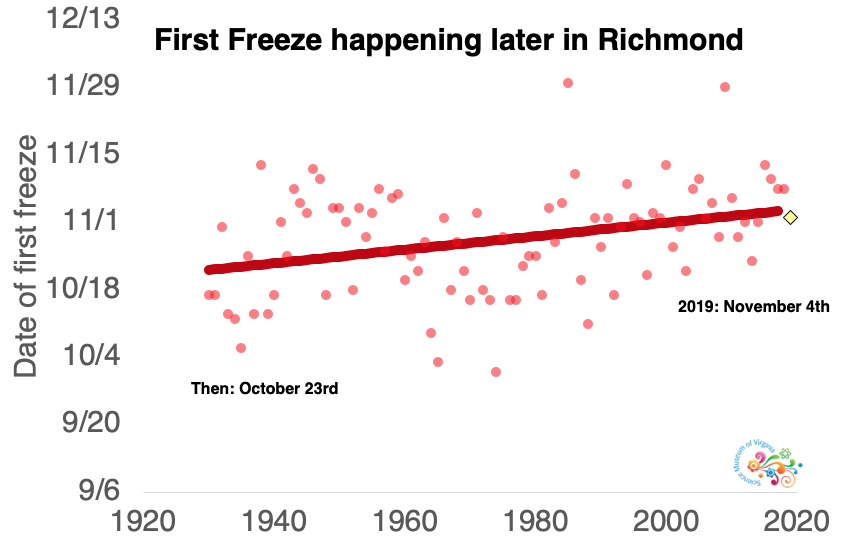
A shrinking cold season also means an expanding and intensifying summer season, creating longer periods of time for heat-related harm on human health and even encourages more time for pests, like mosquitoes, for example. Pollen allergy seasons go longer now causing more respiratory issues for Virginians. Also, these shifting lengths of warm and cold periods affect crop yields, which ultimately goes on to impact crop availability and prices for us as consumers.
It’s also important to note that the annual natural balance of warm and cold time in our area also helps to reset the ecological clock and sets the stage for a healthy growing season in the spring.
Speaking of spring, that’s when the last frost of the year happens, which due to warming, has more recently been happening almost four weeks earlier. For more information on first and last freeze, check out this data from NOAA.
So, how short will our colder times be this year? When will we see the last frost in 2020? Only time will tell, but we know the results will be chilling.
